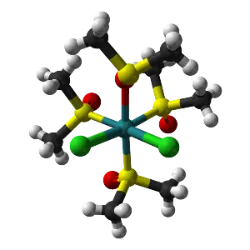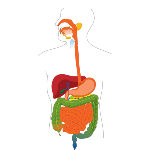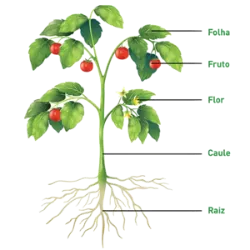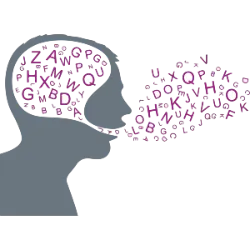The Central Dogma of Molecular Biology

The central dogma of molecular biology describes the flow of genetic information in cells, which is essential for regulating gene expression. This concept, proposed by Francis Crick in 1958, establishes a unidirectional path of information transmission: DNA replication, transcription and translation.
DNA replication is the first step in which the cell makes an exact copy of its DNA before cell division, ensuring that genetic information is transmitted to daughter cells. Next, transcription occurs, the process by which a DNA sequence is copied to form messenger RNA (mRNA). mRNA serves as a "copy" of the gene that will be used in translation.
Translation is the process in which mRNA is read by ribosomes, translating its sequence of nucleotides into a sequence of amino acids that form proteins. These proteins perform vital functions, such as catalyzing reactions (enzymes), structuring cells and tissues, and regulating biological processes.
This flow of information is tightly controlled, allowing different genes to be turned on or off according to the cell's needs. Disturbances in this process can result in genetic diseases and cancer, showing the importance of precise regulation of gene expression.
Did you know??














